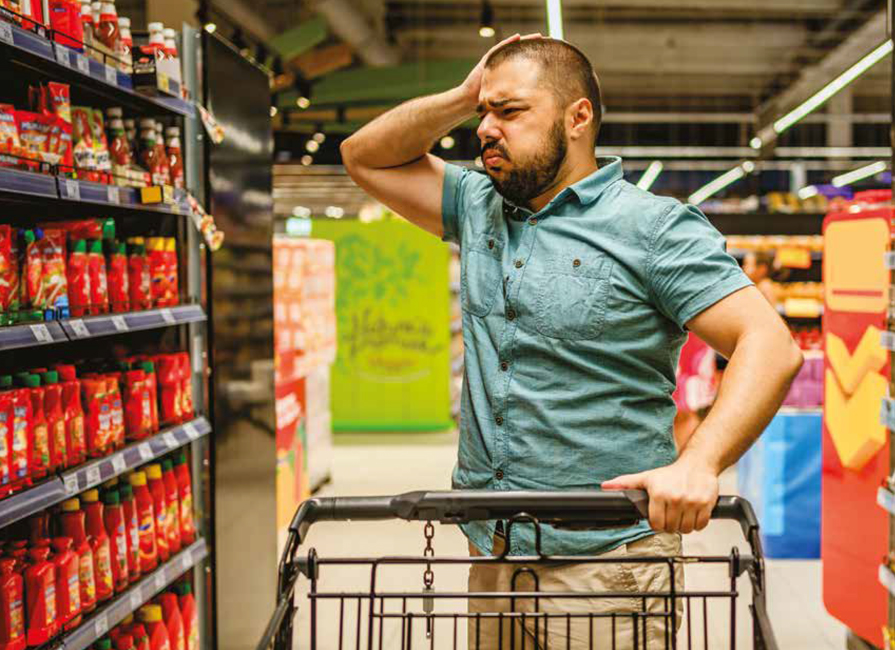One of the key attractions of our Certified Regenerative by AGW program is its practical…

The Farmyard Connection
Diseases that can be transmitted between animals and humans—known as zoonotic diseases—are in the news with increasing frequency, and for good reason!
Zoonotic diseases represent a significant concern for farmers and ranchers worldwide. As a livestock producer, what is your role in mitigating risks to your family, animals, and community? How can you maintain public trust as well as productivity in your operation?
A general understanding of zoonoses and zoonotic disease transmission pathways and prevention strategies will help you implement effective preventive measures and collaborate with veterinarians to safeguard your farm as well as public health.
What are zoonotic diseases?
Zoonotic diseases are caused by bacteria, viruses, fungi, and parasites that can infect both humans and animals. These pathogens can exit an infected animal in a variety of ways.
Some need to enter another animal immediately in order to cause disease, while other pathogens can move extensively in the environment. In any case, the disease agent cannot spread illness unless it also enters another susceptible individual.
Knowing how diseases move from one individual to another can help you develop sound strategies for prevention and management of zoonotic disease in your operation.
Impact on farming communities
Farmers will readily recognize the direct economic effect of disease, such as reduced productivity and increased veterinary costs. In recent years, HPAI (highly pathogenic avian influenza) has also led to trade restrictions in poultry worldwide—and for dairy cattle in the U.S.
While these concerns are enough to keep many farmers and veterinarians awake at night, they are overshadowed when diseased livestock cause people to get sick. The fact is that some zoonotic diseases are lethal to humans, and many can cause lifelong or long-term health consequences.
It’s no surprise, then, that a zoonotic disease outbreak can have devastating effects on the public’s perception of a farm or its products. Food safety scares can significantly impact sales for individual farms and entire product sectors alike. Producers whose livelihood includes tours or an on-farm store know that, while consumers may recover quickly from a farm-acquired illness, consumer confidence generally does not.
Prevention
Use these prevention strategies to reduce zoonotic disease risk:
- Perimeter biosecurity: Keep pathogens off the farm. Develop and implement a biosecurity plan tailored to the farm’s specific risks and needs.
- Hygiene: Wash hands, and avoid mucous membrane contact. Keep food and cosmetics out of animal areas. Wear appropriate protective gear, such as gloves and dust masks, when handling potentially infectious materials such as bedding.
- Quarantine new animals: Quarantine and observe all incoming animals for at least 28 days to ensure you are not introducing new infections.
- Monitor animal health: Know “normal” appearance and behavior of your animals, and make a point to notice and investigate changes.
- Follow an animal health plan: This should include vaccination programs and parasite control measures.
- Act promptly: Separate and treat sick animals to prevent spread. Seek veterinary intervention, when appropriate.
- On-farm biosecurity: Use separate equipment for sick or quarantined animals, and save sick pen chores for last. Wash up afterwards—especially before eating. And please, clean your boots!
- Sanitation: Clean and disinfect equipment and facilities regularly. Dispose of animal waste properly to reduce environmental contamination and disease transmission.
- Water quality: Regularly clean drinking water sources, and test as indicated.
- Pest control: Exclude, deter, and remove birds, rodents, and insects that transmit disease.
One health
Case studies, such as the response to avian influenza outbreaks, demonstrate the importance of coordinated efforts in reducing disease spread across human, animal, and environmental sectors. The One Health approach emphasizes interdisciplinary collaboration between farmers, veterinarians, and public health professionals. Work with your veterinarian to assess animal health, discuss preventive measures, and monitor disease trends. Conduct diagnostic tests as recommended to detect pathogens and prevent spread. If zoonotic diseases are suspected, notify public health authorities to facilitate timely response and prevent further transmission. If you’re not sure who to call, contact your veterinarian.
Conclusion
Zoonotic diseases pose significant risks to farmers, their families, and the broader community. The key to protecting human and animal health is understanding how these diseases move from one individual to another, and taking specific preventive actions based on those modes of transmission and routes of entry. With proactive management and sound biosecurity, producers can continue to safeguard their families, their livelihoods, and public health.
Modes of transmission and routes of entry
How do pathogens move to the individual, and how do they get in?
- Direct contact: Contact with infected animals, their bodily fluids (for example, saliva or urine) or contaminated materials, such as bedding or equipment.
- Foodborne: Consumption of raw or undercooked meat, unpasteurized dairy products, or contaminated fruits and vegetables.
- Vector-borne: Bites from infected vectors, such as mosquitoes, ticks, and flies, that carry zoonotic pathogens.
- Airborne: Inhalation of pathogens present in dust, aerosols, or droplets from infected animals—for example, during cleaning or handling procedures.
- Heath care: Called “iatrogenic” in the medical community, examples of health care transmission include re-use of a contaminated needle, or double-dipping and re-using contaminated salve or ointment.
Note that each of these transmission routes contains two factors: the vehicle (such as food or insects) that moves the pathogen to the victim, and the entry point into the body. That’s good news for prevention, because it gives you two separate tactics to reduce risk for each type of disease. Use them all!
Author: Jennifer Gravley DVM is a veterinarian and educator with a special interest in the intersection of food animal medicine and public health
Originally published in the Fall 2024 issue of AGW’s Sustainable Farming magazine.


